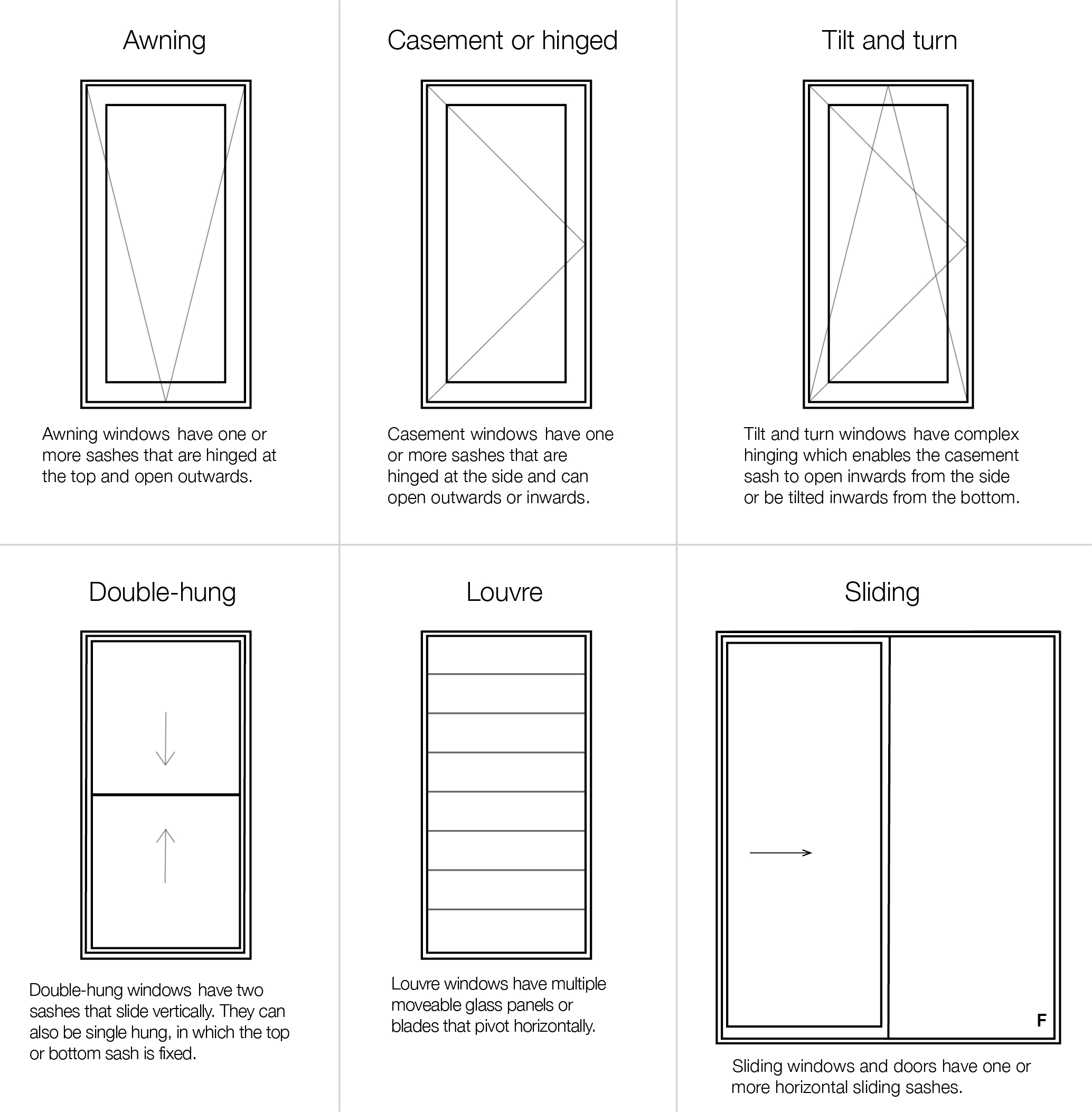All Categories
Featured
Table of Contents
Double Glazing - Windows - Doors in Kallaroo Perth
Glazing just indicates the windows in your house, consisting of both openable and fixed windows, along with doors with glass and skylights. Glazing really just indicates the glass part, but it is usually utilized to describe all aspects of an assembly consisting of glass, movies, frames and furnishings. Focusing on all of these aspects will help you to achieve effective passive design.

Energy-efficient glazing makes your home more comfortable and dramatically decreases your energy costs. However, unsuitable or badly created glazing can be a significant source of unwanted heat gain in summer and substantial heat loss and condensation in winter season. Approximately 87% of a home's heating energy can be gained and approximately 40% lost through windows.
Climateframe Double Glazing: Perth's Double Glazed ... in Eden Hill Western Australia
Glazing is a considerable investment in the quality of your house. A preliminary financial investment in energy-efficient windows, skylights and doors can greatly lower your annual heating and cooling bill.

This tool compares window selections to a base level aluminium window with 3mm clear glass. Comprehending some of the essential homes of glass will help you to select the best glazing for your home. Key residential or commercial properties of glass Source: Adapted from the Australian Window Association The quantity of light that passes through the glazing is called visible light transmittance (VLT) or visible transmittance (VT).
Does Double Glazing Keep Heat Out in Carlisle WA
This may lead you to switch on lights, which will lead to higher energy expenses. Conduction is how readily a material performs heat. This is referred to as the U value. The U worth for windows (expressed as Uw), describes the conduction of the whole window (glass and frame together). The lower the U worth, the higher a window's resistance to heat flow and the better its insulating value.
If your house has 70m2 of glazing with aluminium frames and clear glass with a U value of 6. 2W/m2 C, on a winter season's night when it is 15C chillier outside compared to inside your home, the heat loss through the windows would be: 6. 2 15 70 = 6510W That is equivalent to the overall heat output of a large room gas heater or a 6.
How Double Glazing Can Help Keep Your Home Cool In ... in Currambine Perth
![Best Way To Block Sun Heat From Windows [Professionally] in Boya Western Australia](https://www.imperialaluminium.com.au/wp-content/uploads/2022/01/Why-Do-You-Need-Double-Glazing-Windows-in-summer-1.jpg)
If you choose a window with half the U worth (3. 1W/m2 C) (for instance, double glazing with an argon-filled gap and less-conductive frames), you can cut in half the heat loss: 3. 1 15 70 = 3255W The solar heat gain coefficient (SHGC) for windows (expressed as SHGCw) determines how readily heat from direct sunlight streams through an entire window (glass and frame together).
The lower a window's SHGC, the less solar heat it sends to your house interior. Glazing producers declare an SHGC for each window type and style. The actual SHGC for windows is impacted by the angle that solar radiation strikes the glass. This is known as the angle of incidence.
Double Glazed Windows And Doors In Perth in Rivervale WA
When the sun is perpendicular (at 90) to the glass, it has an angle of incidence of 0 and the window will experience the optimum possible solar heat gain. The SHGC stated by glazing producers is always calculated as having a 0 angle of incidence. As the angle increases, more solar radiation is shown, and less is transferred.
Table of Contents
Latest Posts
A Complete Guide To Double Glazed Windows in Wexcombe Western Australia
Which Type Of Glass Is Best For Energy Efficiency? - A&l Windows in Boya Perth
Insulated Glass Unit – Igu in Joondanna Perth
More
Latest Posts
A Complete Guide To Double Glazed Windows in Wexcombe Western Australia
Which Type Of Glass Is Best For Energy Efficiency? - A&l Windows in Boya Perth
Insulated Glass Unit – Igu in Joondanna Perth